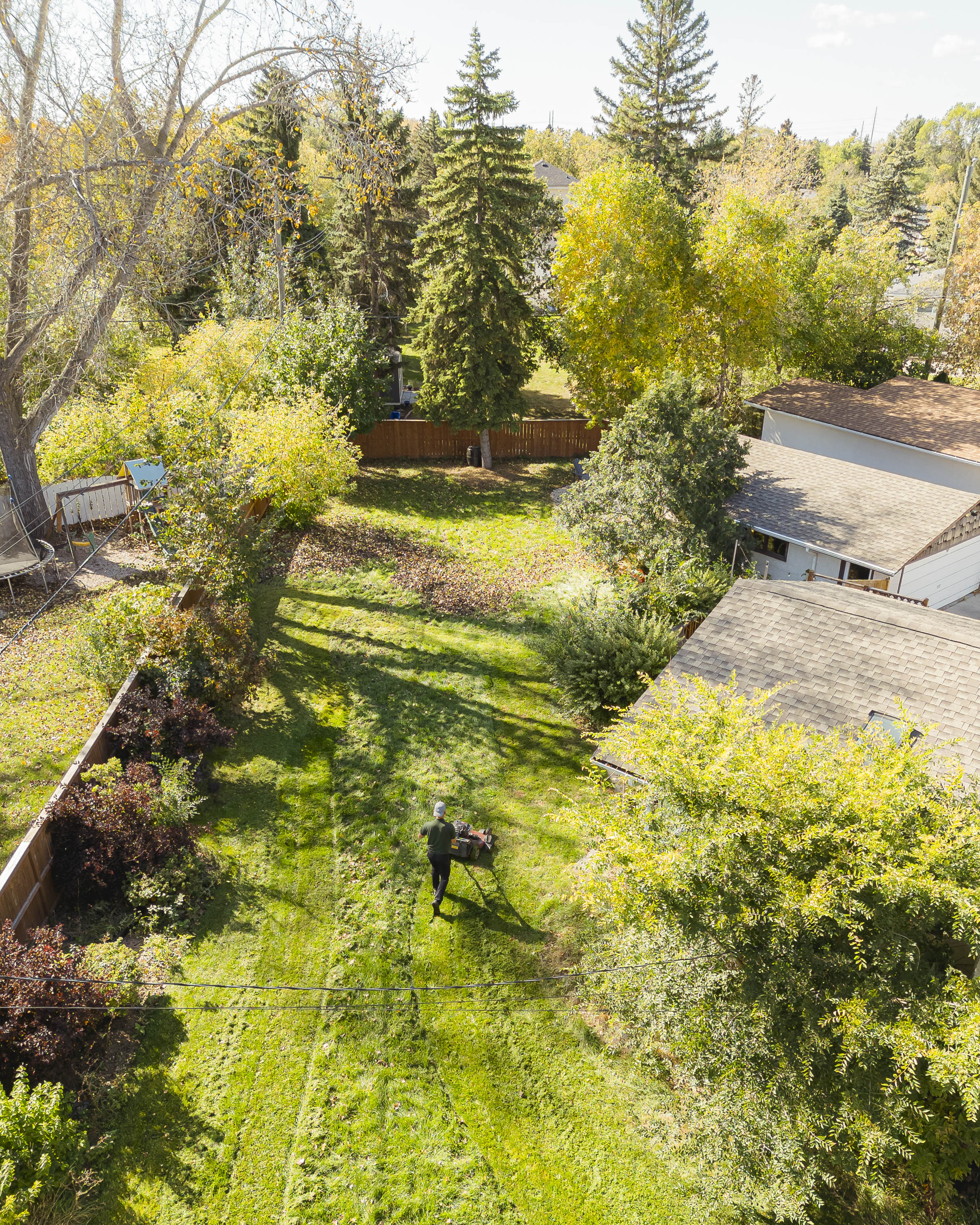When to Mow a Newly Seeded Lawn: A Complete Guide
Mar 5, 2025
When to Mow a Newly Seeded Lawn: A Complete Guide
Planting new grass seed is an exciting step toward achieving a lush, green lawn. However, knowing when to mow a newly seeded lawn is crucial to ensure healthy growth and avoid damaging the delicate young grass. In this guide, we’ll walk you through the best practices for mowing a new lawn, including timing, techniques, and tips for success.
Why Timing Matters
Mowing a newly seeded lawn too soon can uproot the young grass, stunt its growth, or even kill it. On the other hand, waiting too long to mow can lead to overgrown grass that’s harder to cut and may develop uneven patches. The key is to find the right balance to promote healthy growth and establish a strong root system.
When to Mow a Newly Seeded Lawn
The timing for mowing a new lawn depends on the type of grass seed you’ve planted and how well it has established. Here’s a general guideline:
Wait Until the Grass is Tall Enough:
Most grass types should reach a height of 3–4 inches before the first mow.
For cool-season grasses (e.g., Kentucky bluegrass, tall fescue), this typically takes 2–3 weeks after germination.
For warm-season grasses (e.g., Bermuda, Zoysia), it may take 3–4 weeks.
Follow the "One-Third Rule":
Never remove more than one-third of the grass blade in a single mowing session.
For example, if your grass is 3 inches tall, only cut it down to 2 inches.
Check Root Development:
Gently tug on the grass blades. If they resist being pulled out, the roots are likely established enough for mowing.
Avoid mowing if the grass feels loose or the soil is still soft and muddy.
How to Mow a Newly Seeded Lawn
Once your grass is ready for its first mow, follow these steps to ensure a clean cut and minimal damage:
Use a Sharp Blade:
A dull mower blade can tear the grass instead of cutting it cleanly, leading to brown tips and uneven growth.
Sharpen your mower blade before the first mow.
Set the Mower Height:
Adjust your mower to the highest setting for the first few mows.
For cool-season grasses, aim for 2.5–3 inches. For warm-season grasses, aim for 2–2.5 inches.
Mow When Dry:
Mow when the grass and soil are dry to avoid compacting the soil or damaging the young roots.
Wet grass can also clump and clog your mower.
Avoid Heavy Traffic:
Minimize foot traffic on the new lawn, especially during the first few weeks.
Use a lightweight push mower instead of a heavy riding mower.
Mulch or Bag Clippings:
For the first few mows, consider bagging the clippings to prevent smothering the young grass.
Once the lawn is established, you can switch to mulching to return nutrients to the soil.
Common Mistakes to Avoid
Mowing Too Soon: Cutting the grass before it’s established can uproot seedlings and stunt growth.
Cutting Too Short: Scalping the lawn can stress the grass and expose the soil to weeds.
Using a Dull Blade: A dull blade tears the grass, making it more susceptible to disease.
Mowing Wet Grass: Wet grass is harder to cut cleanly and can damage the soil structure.
Tips for Maintaining a Healthy New Lawn
Water Regularly:
Keep the soil consistently moist (not soggy) during the first 4–6 weeks after seeding.
Gradually reduce watering frequency as the grass establishes deeper roots.
Fertilize Appropriately:
Apply a starter fertilizer at the time of seeding to promote root growth.
Follow up with a balanced fertilizer after the first mow.
Avoid Heavy Use:
Keep foot traffic and pets off the new lawn for at least 4–6 weeks.
Delay heavy use (e.g., sports, parties) until the grass is fully established.
Monitor for Weeds:
Hand-pull weeds as they appear to prevent competition for nutrients.
Avoid using herbicides until the grass is well-established (usually after 2–3 mows).
Ready to Maintain Your New Lawn?
If you’re looking for professional lawn care services in Winnipeg, Yardona Property Maintenance is here to help. Whether you need advice on mowing new grass or assistance with ongoing lawn maintenance, our team of experts is ready to assist. Visit our website and you can use our tool to receive an instant quote.
Final Thoughts
Mowing a newly seeded lawn requires patience and care, but the results are well worth the effort. By waiting until the grass is tall enough, using the right techniques, and avoiding common mistakes, you can ensure a healthy, vibrant lawn that thrives for years to come.
For more information or to schedule a service, visit our website. Let us help you achieve the perfect lawn with the right tools and expertise!

